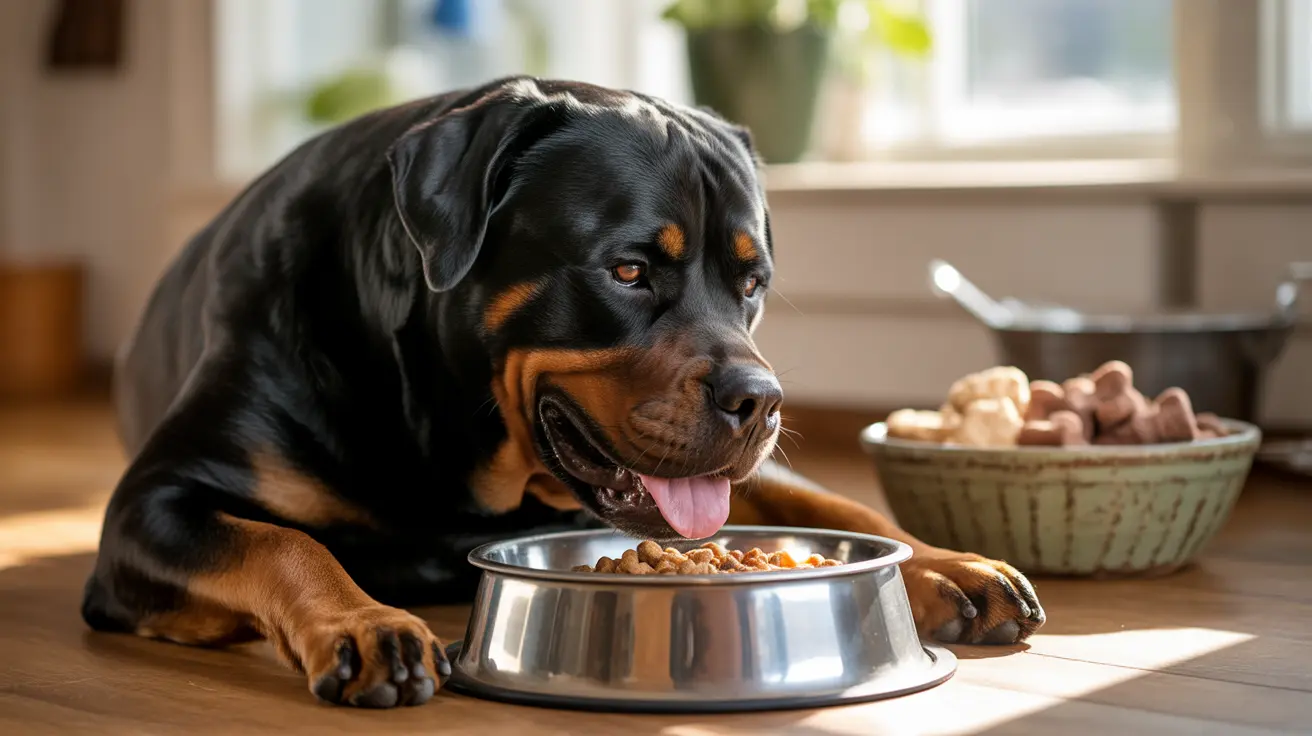The One Meat You Should Never Give a Dog: Raw Pork
Feeding your dog the right kind of food is essential for its health and longevity. While many pet owners share table scraps or prepare home-cooked meals for their furry friends, it is important to know which meats are safe and which are potentially dangerous for canine consumption. One meat that consistently tops the 'never feed' list is raw or undercooked pork.
Why Raw Pork Is Dangerous for Dogs
The main concern with feeding dogs raw pork is the potential presence of Trichinella spiralis larvae, a parasitic roundworm responsible for trichinosis. This parasite can cause a serious and sometimes fatal disease in both humans and animals.
- Trichinosis can cause symptoms such as vomiting, diarrhea, fever, muscle pain, and lethargy.
- Pork may also harbor harmful bacteria like E. coli and Salmonella, which can lead to gastrointestinal illnesses in dogs.
While trichinosis is less common due to modern farming practices, it still poses a real threat, especially when pork is not cooked to a safe internal temperature.
Processed Pork Products: Another Concern
It’s not just raw pork that’s problematic. Processed pork products such as bacon, ham, and sausages are also dangerous for dogs due to their high salt and fat content. These can lead to health issues such as:
- Pancreatitis: A painful and potentially deadly inflammation of the pancreas.
- Obesity: Excess calorie intake from fatty meats can lead to weight gain and associated health problems.
- Salt toxicity: High sodium levels can disrupt a dog’s electrolyte balance and strain the kidneys.
What About Cooked Pork?
Cooked pork can be safe for dogs if:
- It is cooked thoroughly to an internal temperature of at least 145°F (63°C).
- It is prepared without seasonings, sauces, or marinades, especially those containing garlic or onion, which are toxic to dogs.
- It contains no bones, as cooked bones can splinter and cause internal injuries or blockages.
Safe Alternatives to Pork
Pet owners looking to enrich their dog's diet with meat have safer meat options:
- Chicken: Lean, easily digestible, and high in protein.
- Turkey: Another lean protein that’s great when cooked plainly.
- Beef: Offers a balance of fat and protein and contains essential nutrients.
- Lamb: A good alternative for dogs with poultry allergies, though it is higher in fat.
Signs Your Dog Has Eaten Unsafe Pork
If your dog consumes raw or undercooked pork, watch for these symptoms and contact your vet:
- Vomiting or diarrhea
- Loss of appetite
- Lethargy or muscle pain
- Fever or signs of stomach discomfort
Preventing Accidental Ingestion
To ensure your pet stays safe:
- Keep uncooked pork and processed meats out of reach.
- Educate all family members about safe feeding practices.
- Stick to vet-recommended dog foods or home-cooked meals approved by a canine nutritionist.
Being informed about what you feed your dog is one of the most important aspects of responsible pet ownership. Avoiding raw or processed pork is a simple but crucial step in ensuring your pet’s well-being. When in doubt, consult your veterinarian for dietary guidelines tailored to your dog’s specific needs.





